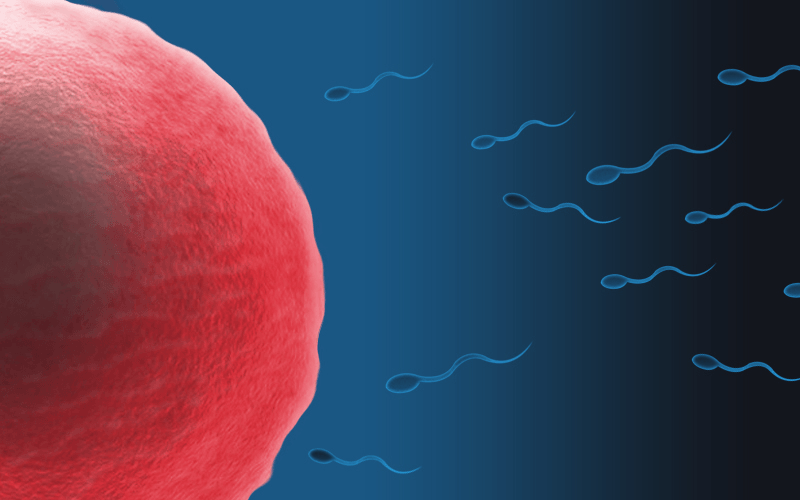Ovulation refers to the period of the menstrual cycle when a mature egg is released to be fertilized. The process generally occurs once a month and a single egg is released each time. Women who experience infertility commonly have problems with ovulation. Fortunately, treatments such as superovulation give these women a better chance at getting pregnant. Superovulation involves the administration of hormones that stimulate the growth of ovarian follicles; since ovarian follicles release eggs during ovulation, these hormones enables the production of more eggs than normal. In addition to treating infertility, this process is also useful for the production of knockout mice. Current superovulation methods allow researchers to produce up to 30 eggs from a single female mouse. One may think this to be a very large number, but a recent study was able to produce a number of eggs nearly four times as great.
Image Source: MedicalRF.com
Researchers have developed a new method of superovulation that has enabled them to successfully produce 100 eggs from a single female mouse. The current superovulation methods involve the administration of gonadotropin, which is a follicle stimulating hormone (FSH). Researchers in the new study modified the general process by including inhibin antiserum. Inhibin is a gonadal hormone that regulates the secretion of FSH from the pituitary gland. The amount of FSH present in ovaries is important because it affects the number of eggs produced by ovulation. Inhibin antiserum acts to neutralize inhibin which causes an increased secretion of FSH. As a result, the researchers found that the combined administration of gonadotropin and inhibin antiserum worked very well for the purposes of producing a large number of eggs from a single mouse.
The results of this study is important for the future production of knockout mice since this new method of superovulation reduces the number of mice necessary for collecting eggs while also making the process of in vitro fertilization easier. Knockout mice serve as valuable sources of information on the role individual genes play; as a result, improvements made to the production of knockout mice allow researchers to focus more on studying these mouse models rather than on figuring out how to effectively produce them.
Feature Image Source: Egg Sperm by Zappys Technology Solutions










